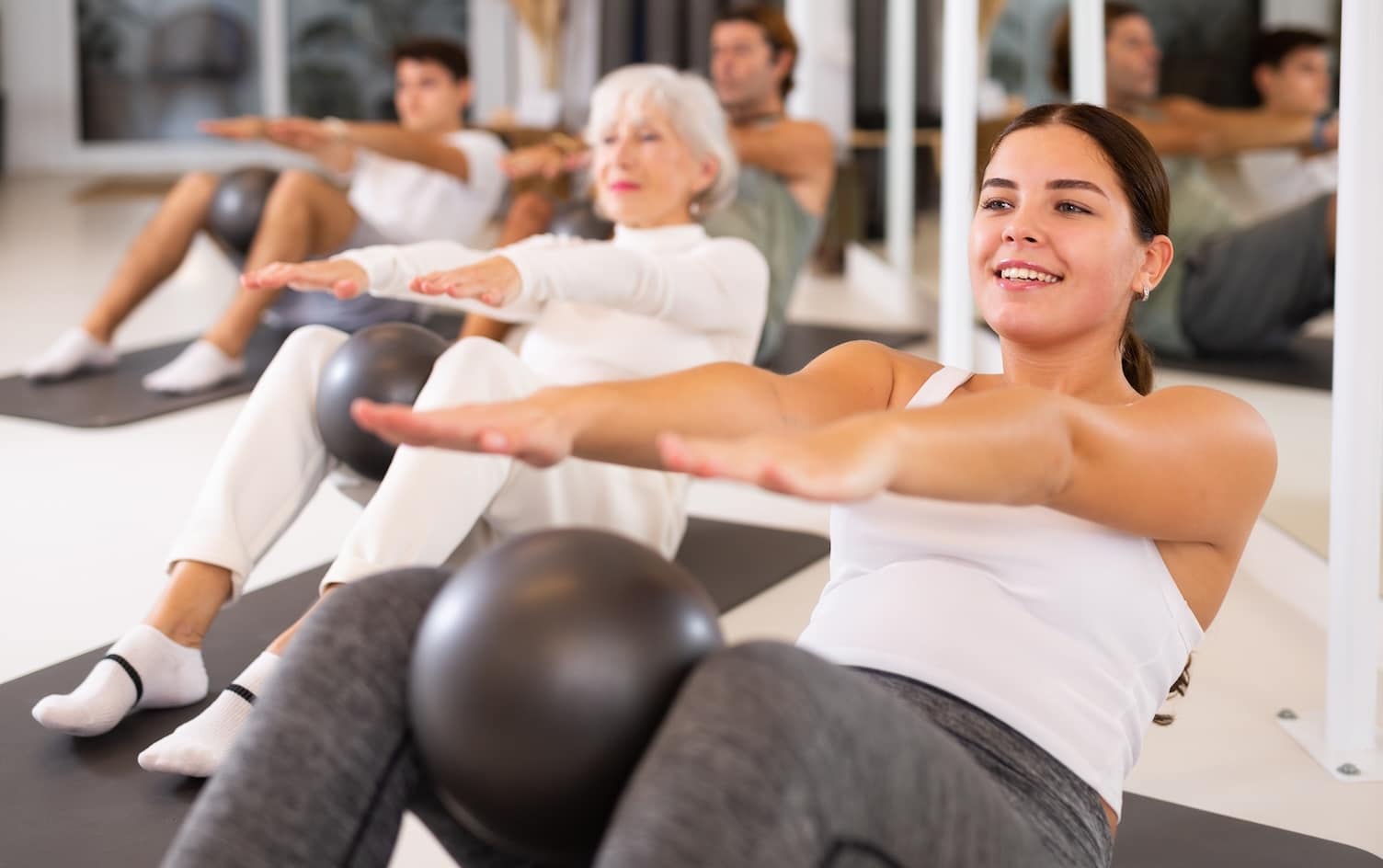Can your imagination help you achieve your fitness goals? Science says yes, and mental performance experts agree. When a study was published in the Journal of Imagery Research in Sport and Physical Activity, it seemed almost unbelievable: Using a motivational intervention known as functional imagery training (FIT) helped seven self-professed non-runners complete an ultra-marathon. In this article, we look at the recent research and ask a mental performance consultant to weigh in on the practical ways we can apply imagery and visualization to our own workouts.
IMAGINING SUCCESS
“An ultra-marathon requires a huge amount of mental, as well as physical, strength — even from people who run regularly,” says Jon Rhodes, the study’s lead researcher and a professor at the University of Plymouth, who worked with professional athletes as well as this group of ‘non-runners.’ According to Rhodes, “[the study] shows that multi-sensory imagery is the key difference between those who reach the starting line and then go on to finish, and those who do not — showing it is critical to maintaining changes and pushing the boundaries of physical and mental performance.”
By imagining the immediate (and close-range) future, an athlete retains motivation during critical points in a race or workout. For example, during a hard workout, an athlete may imagine herself talking with her partner later that day about how she cruised up that hill with little effort. And the more in-depth your imagery gets, the better: Picture sitting on your deck, sipping a steaming cup of tea while you tell your spouse about the amazing hike you had today, or how proud you felt finishing your fifth long walk of the week. Feels good, right? And that image, right as your hike or walk is getting tough (or boring!), can help you push through those hard moments.
“I like the term imagery because it denotes using a multitude of senses,” says Krista Chandler, a mental performance consultant in Ontario. “When people talk about using visualization, it just denotes using one sense; sight. But when we imagine, we not only picture something, we feel it. Imagining a workout, for example, might use a few senses. We can hear ourselves breathing heavily, we can taste that saltiness of sweat dripping down, we can feel the wind on our skin, we can see ourselves finishing a workout standing tall. The more we can incorporate the various senses into one image, the more effective that imagery is going to become.”
HOW TO USE IMAGERY FOR YOURSELF
Rather than picturing yourself winning a marathon, Chandler recommends using motivational general mastery function in imagery, which sounds intimidating but simply means imagining yourself with an outcome like being more focused, more confident or more mentally tough during a challenging moment. “That’s how I get out the door on mornings I don’t feel like walking or running,” she says.
“Imagery is fantastic, because it’s something that we’re all capable of doing, and it’s something that can improve with practice,” says Chandler. “Kids are really great at imagery, because they still have very active imaginations. As adults, we don’t capitalize on that ability quite as often, so we need to train it a bit.” She recommends starting with something simple to turn on all of the senses. “For instance, imagine that you’re eating a watermelon. Close your eyes, and feel the watermelon in your hands. What’s the weight of it; how does it feel? Feel the juice from it drop down your hand. Focus on the color, the brightness of that watermelon, and how green that rind is. Imagine how sweet it is when you take that first bite, and the feeling of that watermelon juice dripping down your chin.”
Once you’ve mastered the watermelon (or whatever simple imagery you want to try!), you can shift into a sport focus, perhaps using imagery to go through a ‘getting ready and out the door’ scenario to start your workout. This helps you develop functional equivalence, Chandler explains. “Basically, we’re creating a blueprint in our minds that we can follow when it’s time to actually get up and go for our workout,” she says. “The same neurons that fire when you physically do something are firing when you imagine it, though to a lesser degree. Essentially, you’re training your brain so it’s ready when you take action.”
CLICK TO TWEET THIS ARTICLE > Can imagining success help you achieve your fitness goals? Science says yes! Read more on the @myfitnesspal blog. #myfitnesspal
Unfortunately, many people end up using imagery in a way that hurts their goals and efforts, rather than helping them. “It’s easy to fall into focusing on the negatives, picturing how we did something poorly, and that can really hurt our confidence,” says Chandler. If a workout didn’t go your way or you haven’t gotten out for a walk all week, don’t beat yourself up by repeating those perceived failures on loop in your head. Instead, use imagery to think about how you could do things differently next time — like this afternoon! — to get back on track.
THE BOTTOM LINE
You can practice imagery just a few short times each week to reap the benefits: Consider spending time waiting in line at the grocery store to imagine yourself crushing that next workout or successfully completing a walking streak. Spend your time washing dishes or folding laundry to picture yourself popping out of bed excited to get out on that run. You’ll be amazed at what your brain can convince your body to do!
Ready to take the next step? Unlock MyFitnessPal Premium to access custom goal settings, quick-log recipes, and guided plans from a registered dietitian. Premium users are 65% more likely to reach their weight loss goals!




